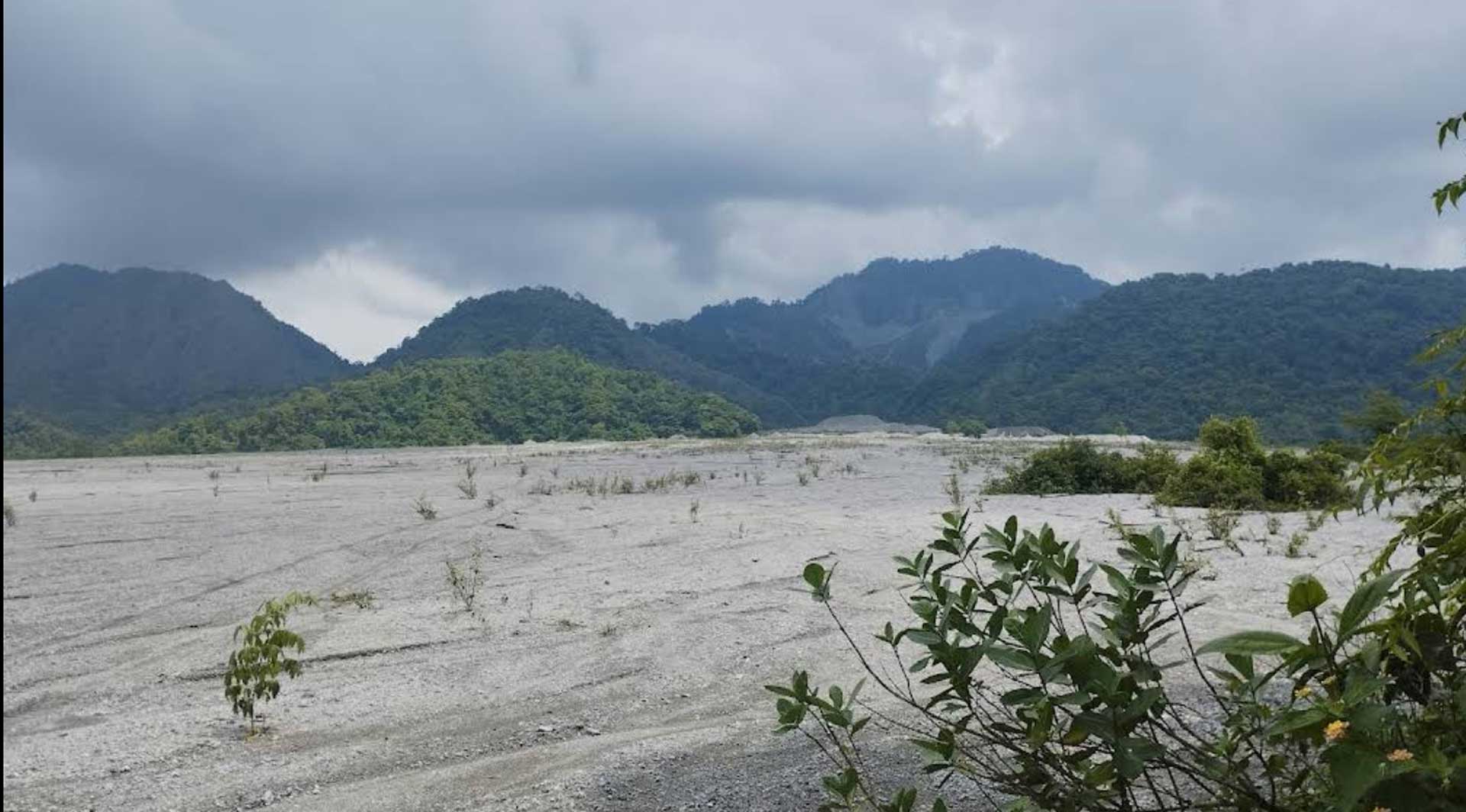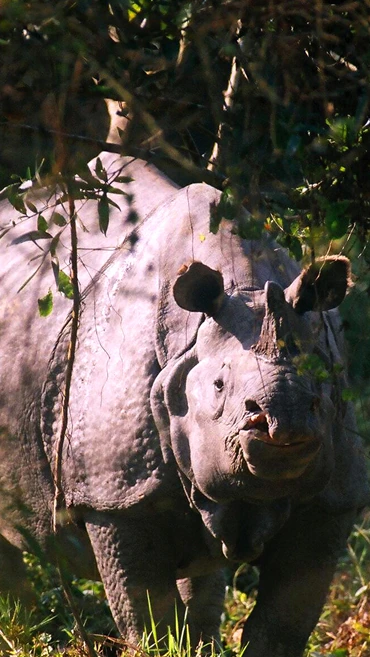Garuchira
Not all adventures begin with a dramatic landscape or a famous landmark. Some, like Garuchira, begin with the rustle of bamboo groves, the murmur of tribal songs, and the distant call of a wild elephant at dawn. Garuchira is not an average holiday destination. It’s quieter, wilder, and wonderfully rooted in the rhythm of the forest.
Most travellers driving through Dooars on their way to Jaldapara or Buxa may never notice the turn that leads to this small forest village. But for those who do, Garuchira offers a powerful, immersive escape—a place where nature, wildlife, and local culture come together in authentic, unforgettable harmony.
Where Is Garuchira
Garuchira is a beautiful riverside destination in Bandapani village, North of Birpara town. Garuchira borders Bhutan, the part commonly referred to as Gomtu Bhutan. There are not many border restrictions here. You may even forget the existence of the international border, and so do the locals from both sides. The village is part of the larger Rajabhatkhawa range that connects Jaldapara National Park and Buxa Tiger Reserve, forming a critical corridor for elephants, leopards, and other wildlife species. Elephants often pass right by the edges of Garuchira, especially during the migratory seasons.
But Garuchira is not just about forests and fauna. It is a living village, home to indigenous communities like the Rava and the Bodo, who have coexisted with the forest for generations. Their knowledge of medicinal plants, forest lore, and sustainable living is not written in books but woven into everyday life.
How to Reach Garuchira
Road trippers from Siliguri or Cooch Behar can take the NH31 or NH27 to Birpara. From Birpara town, take the northbound tea garden road. You have to pass through tea gardens such as Ramjhora, Dalmore and Makrapara before you reach Garuchira. Be cautious during monsoons, as some forest routes can be slushy or temporarily closed, and your journey involves driving on the riverbed, that can be unpredictable during Monsoon rains.
What Awaits You in Garuchira: Forests, Footpaths, and Forest Folk
Garuchira doesn’t dazzle; it seeps in. The first thing that strikes you is the stillness—not silent, but alive. The forests around the village are part of an active wildlife corridor, which means elephant sightings are frequent, especially in the evenings or early mornings.
A walk with a local guide takes you through elephant trails, dense sal trees, bamboo thickets, and the soft pad of animal footprints. If you’re lucky, you might spot a barking deer darting past or hear the rustle of a peacock taking flight.
The Garuchira Eco Village Project, a locally managed community tourism initiative, is one of the best ways to experience the area. Run by the forest-dwelling communities, it offers simple but clean bamboo cottages, delicious local meals, and guided forest walks that are as much about storytelling as sightseeing. You don’t just walk through the forest—you hear about its history, its moods, and its spirits.
Around Garuchira
Early mornings are perfect for birdwatching—the forest is home to species like the Indian pied hornbill, green pigeons, woodpeckers, and even the elusive great hornbill. The calls of jungle fowl, drongos, and treepies create a natural symphony with your breakfast tea.
Sleeping in the Lap of Green
There are no large hotels in Garuchira, and that is precisely the charm. The Garuchira Eco Stay, managed by local villagers, offers bamboo and mud cottages with attached toilets and basic comforts. The food is seasonal, earthy, and cooked over firewood—expect rice, dal, vegetables, fresh bamboo shoots, and occasional forest mushrooms.
Nearby Madarihat, Hasimara, or Alipurduar offer more accommodation choices, including resorts and forest lodges, if you are looking for more comfort after a couple of rustic days.
- Alipurduar
- Banarhat
- Bagrakote
- Barodabri
- Batabari
- Bhutanghat
- Bindu Dooars
- Binnaguri
- Bodaganj
- Buxa National Park
- Chalsa
- Chamurchi
- Chapramari
- Chilapata
- Coochbehar
- Damdim
- Dhupguri
- Falakata
- Hasimara
- Gorumara National Park
- Gajoldoba
- Jalpaiguri
- Jatileshwar Temple
- Jaigaon
- Jaldapara
- Jaldhaka
- Jalpesh Temple
- Jayanti Dooars
- Jhalong
- Kalipur Eco Village
- Kathambari Forest
- Khuttimari Forests
- Lataguri
- Lepchakha
- Mongpong
- Madarihat
- Murti
- Malbazar
- Oodlabari
- Raimatang
- Rajabhatkhawa
- Ramsai
- Rasikbil
- Rocky Island
- Samsing
For Booking or Query
Contact Us
Query Form
North-Bengal.com
Siliguri Office - 19 MN Sarkar Road, Siliguri, West Bengal - 734001 Siliguri, State : West Bengal, Country : India. PIN : 734001
info@north-bengal.com

